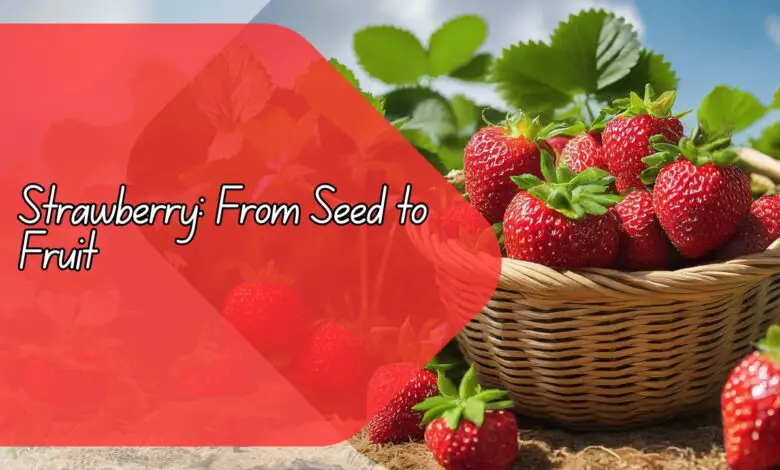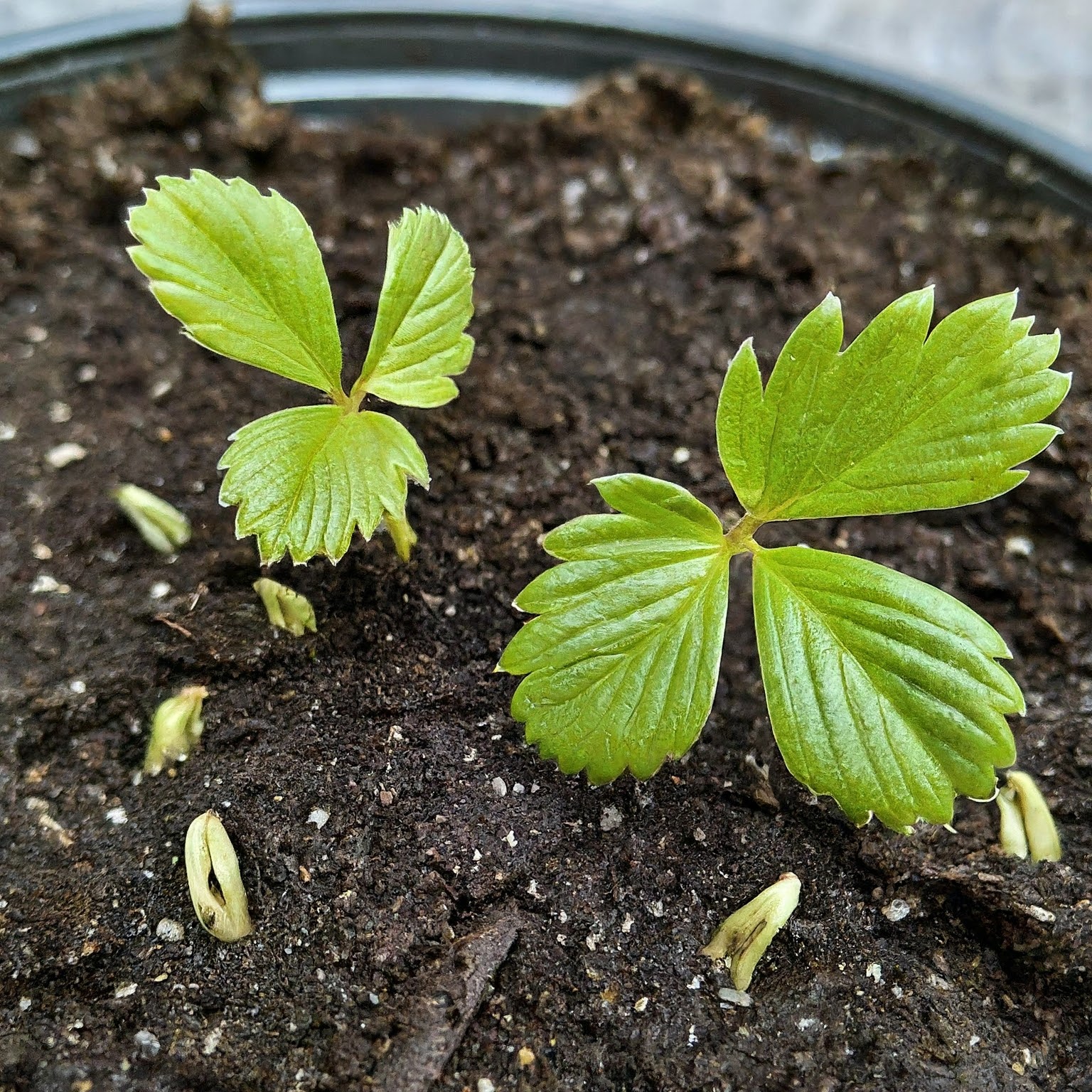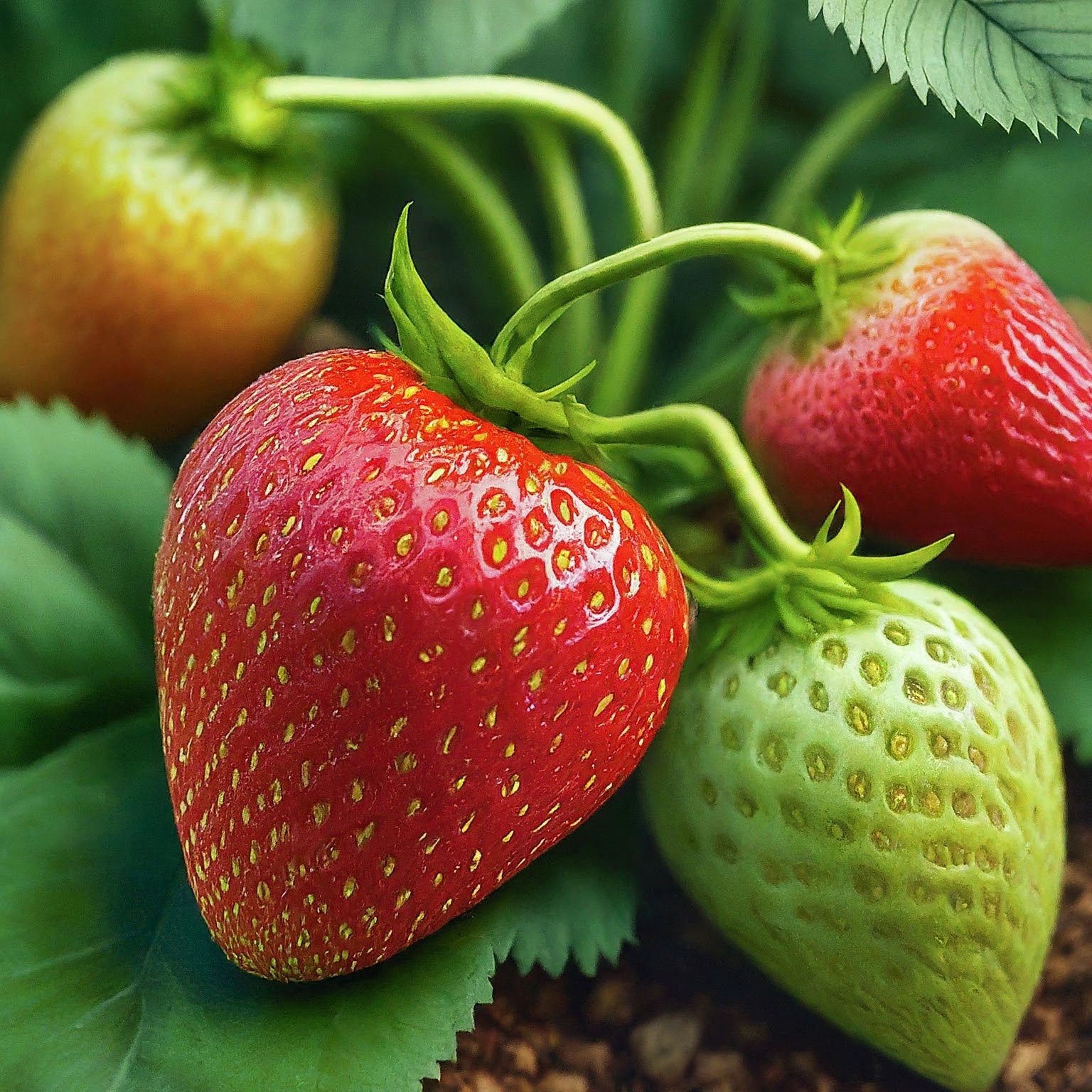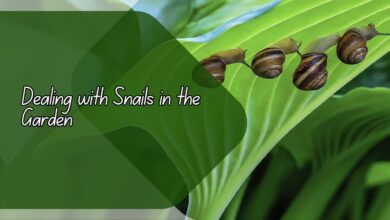
The Journey of a Strawberry: From Seed to Fruit
In this article, we will explore the fascinating journey of a strawberry from a tiny seed to a delicious fruit. From planting the seed to nurturing the plant and finally harvesting the fruit, we will cover each step in detail. Join us on this exciting journey through the life cycle of a strawberry plant.
How is a Strawberry Plant Grown from a Seed?
It all starts with a small strawberry seed that is planted in fertile soil. The seed requires moisture, sunlight, and warmth to germinate and begin growing.
As the seed sprouts, it develops roots that anchor the plant in the soil and absorb nutrients and water. The stem of the plant grows upward, forming leaves that will eventually provide energy through photosynthesis.
Over time, the plant will develop flowers that contain both male and female parts. These flowers are pollinated by bees or other insects, leading to the formation of tiny green strawberries. As the strawberries grow, they gradually change color and ripen into the sweet fruits we love to eat.

What Care Does a Strawberry Plant Need?
Strawberry plants require regular watering to keep the soil moist but not waterlogged. They also benefit from regular feeding with a balanced fertilizer to provide essential nutrients for growth. Weeding around the plants is important to prevent competition for nutrients and reduce the risk of pests and diseases.
Pruning is another crucial aspect of caring for strawberry plants. Removing old leaves and runners helps the plant focus its energy on producing fruit. Mulching around the base of the plants can help retain moisture, suppress weeds, and protect the roots from temperature fluctuations.

When is the Best Time to Harvest Strawberries?
Knowing when to harvest strawberries is key to enjoying the best flavor and texture. Ripe strawberries will have a deep red color and a glossy appearance.
They should be firm to the touch but not hard, with a sweet fragrance. The best time to harvest strawberries is in the morning when the fruits are at their juiciest.
Gently pick the strawberries from the plant, being careful not to damage the delicate fruit. It is recommended to harvest strawberries every few days as they ripen at different times. Freshly picked strawberries can be eaten right away or stored in the refrigerator for a few days.

What Pests and Diseases Affect Strawberry Plants?
Strawberry plants are susceptible to a variety of pests and diseases that can impact their growth and fruit production.
Common pests include aphids, spider mites, and slugs, which can damage the leaves and fruits of the plant. To control pests, consider using natural predators, such as ladybugs or insecticidal soap.
Diseases such as powdery mildew, gray mold, and root rot can also affect strawberry plants. Proper spacing of plants, good air circulation, and avoiding overhead watering can help prevent the spread of diseases. If disease symptoms are observed, remove and destroy infected plants to protect the rest of the crop.

How Can I Propagate Strawberry Plants?
One way to propagate strawberry plants is by using the plant runners that develop from the main plant. These runners can be rooted in soil or a separate container to create new plants. Another method is through dividing the crowns of mature plants, which can be done in the early spring or late summer.
When propagating strawberry plants, it is important to select healthy and disease-free plants to ensure the success of the new plants. Regularly monitoring the growth of propagated plants and providing them with proper care will help them establish strong roots and produce abundant fruits.
Conclusion
From a tiny seed to a luscious fruit, the journey of a strawberry plant is a remarkable process that requires care, attention, and patience.
By understanding the life cycle of a strawberry plant and providing it with the necessary conditions for growth, you can enjoy a bountiful harvest of delicious strawberries each year.
FAQs
Can I grow strawberries in containers?
Yes, strawberries can be successfully grown in containers, making them a versatile option for small gardens or urban spaces. Choose a well-draining container and ensure the plants receive adequate sunlight and water for optimal growth.
How often should I water my strawberry plants?
Strawberry plants should be watered regularly, especially during hot and dry weather. Check the soil moisture levels by sticking your finger into the soil and water when it feels dry to the touch. Avoid overwatering, as this can lead to root rot and other issues.
What is the best soil for growing strawberries?
Strawberries thrive in well-draining, fertile soil with a slightly acidic pH. Consider adding organic matter such as compost or aged manure to improve soil structure and provide essential nutrients for healthy plant growth.
How long does it take for a strawberry plant to produce fruit?
Depending on the variety of strawberry plants you are growing, it can take anywhere from 4 to 6 weeks for flowers to develop into ripe fruit. Providing optimal growing conditions and proper care can help expedite the fruiting process.
Can I grow strawberries from store-bought fruit seeds?
While it is possible to grow strawberries from store-bought fruit seeds, it is generally not recommended due to the variability in fruit quality and the potential for hybridization. It is best to purchase strawberry plants or seeds from reputable nurseries for reliable results.








